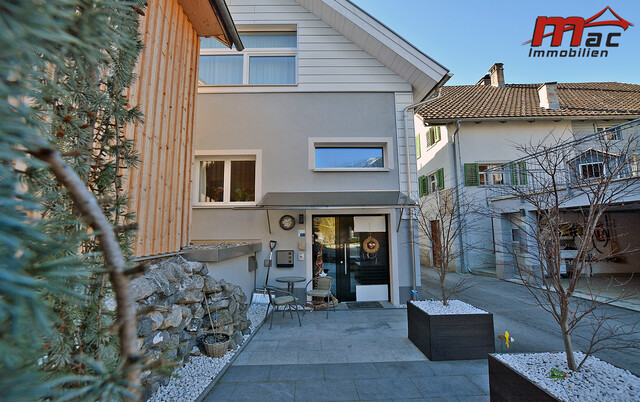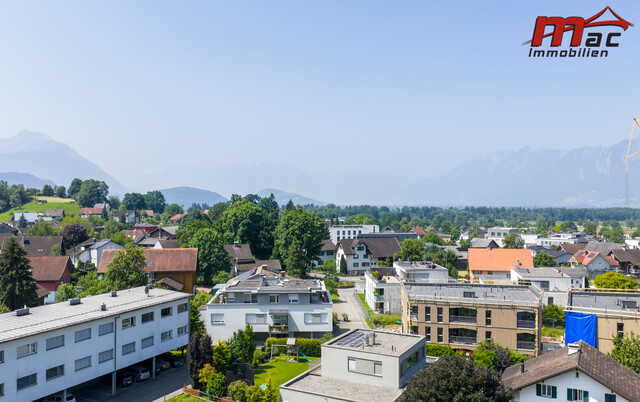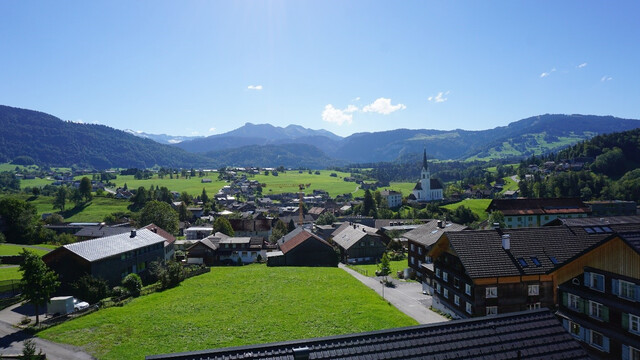Glaciers in Austria: Record Snow Shortage Measured in 2025

The snow-poor winter could lead to a massive ice loss or a "record melt," explained glaciologist Andrea Fischer and her colleague Hans Wiesenegger on Tuesday in a guest contribution to ORF. Although "high temperatures have also been recorded" in some cases, these have "more impact on the permafrost," Fischer said to APA.
"The lack of precipitation, on the other hand, is causing us great concern, especially with regard to glacier melt," emphasized the expert. Fischer warned of a scenario that could surpass that of 2022 - with up to six meters of additional ice loss due to an earlier onset or longer-lasting melting period.
Especially in western Austria, a dry, snow-poor winter has led to an extremely difficult situation for the local glaciers, according to Fischer. As early as the beginning of May, bare ice was visible on many glaciers - and not just at lower altitudes. The Tyrolean scientist from the Institute for Interdisciplinary Mountain Research (IGF) of the Austrian Academy of Sciences (ÖAW) explained in the guest contribution that up to 35 percent of the usual snow amounts are missing in many places. A cold period that could significantly improve the situation is currently hardly in sight.
Glaciers Without Snow Cover Particularly at Risk
On the Stubacher Sonnblickkees located in the Hohe Tauern in Salzburg's Pinzgau, for example, there is about 2.5 meters less snow than the long-term average. This is particularly evident from the current recording at the Rudolfshütte station in close proximity to the glacier. The long-term average indicates that the snow cover usually builds up during the accumulation period until the beginning of May. At the Seekarlesferner in the Ötztal Alps in Tyrol, the snow deficit is even around 35 percent, the researchers reported in their report. Individual glacier tongues - such as on the Pasterze or the Dachstein - already show crevasses and bare ice, where otherwise in May there is still snow several meters high.
The situation is particularly serious where the snow was also absent in the fall or the snow cover was further thinned by wind. For example, at the Jamtalferner near Galtür, less than a meter of snow was on the tongue, with the first ice surfaces already exposed. In the highest areas of the glacier, the researchers found just over two meters of snow. The winter balance thus reaches a historic low.
Researchers Expect Massive Ice Losses
Fischer and Wiesenegger are expecting a massive ice loss in the summer of 2025. If the ice - as predicted in many places - is exposed as early as the beginning of June, instead of the usual mid-July, the melting season would be extended by up to two months. According to Fischer, this could mean an additional loss of up to six meters of ice thickness - twice as much as in the previous extreme year of 2022, when an average of three to four meters of ice disappeared. Every day without a protective snow cover costs about ten centimeters of ice thickness, the scientists reported.
The comparatively high temperatures in winter are "not so problematic" for the glaciers, emphasized Fischer, Scientist of the Year 2023, to APA. In this regard, her mentioned "headaches" are not so great. However, the high temperatures do have an impact on the permafrost.
(APA/Red)
This article has been automatically translated, read the original article here.
Du hast einen Hinweis für uns? Oder einen Insider-Tipp, was bei dir in der Gegend gerade passiert? Dann melde dich bei uns, damit wir darüber berichten können.
Wir gehen allen Hinweisen nach, die wir erhalten. Und damit wir schon einen Vorgeschmack und einen guten Überblick bekommen, freuen wir uns über Fotos, Videos oder Texte. Einfach das Formular unten ausfüllen und schon landet dein Tipp bei uns in der Redaktion.
Alternativ kannst du uns direkt über WhatsApp kontaktieren: Zum WhatsApp Chat
Herzlichen Dank für deine Zusendung.








